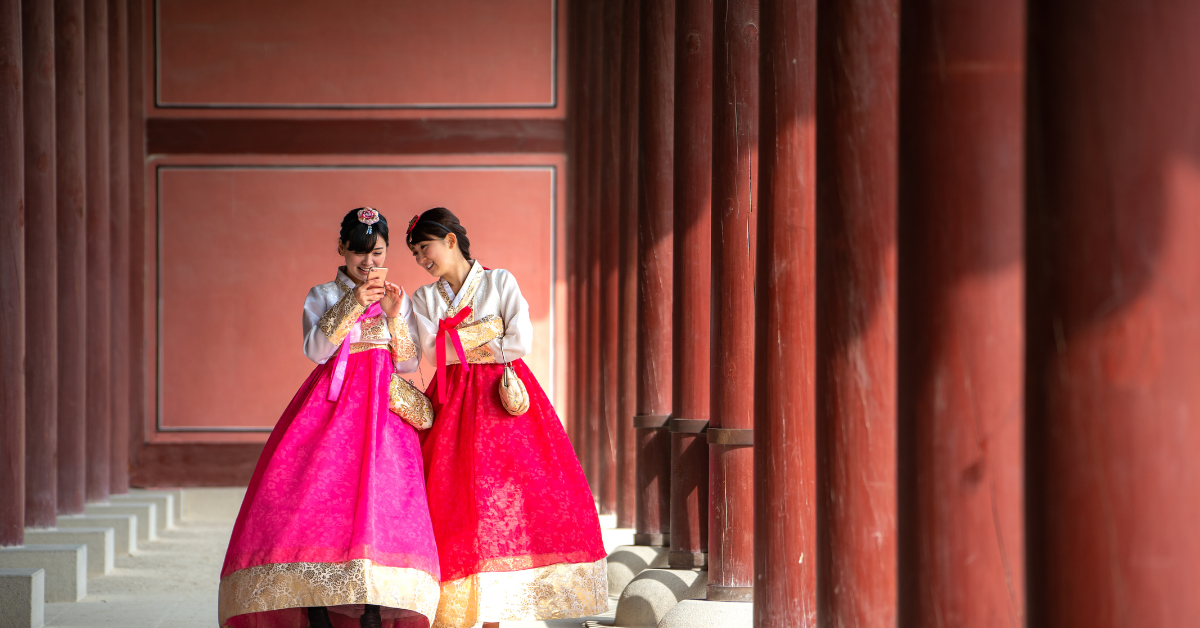Japan and South Korea share geography, history, and culture, making their relationship both close and complex. For this reason, the images Japanese people hold of Koreans are not simple; they are shaped by generations, social contexts, and media influences. This article explores those perceptions from multiple angles, highlighting both the admiration for cultural sophistication and the perception of strong national identity.
- General Personality Images Japanese People Have of Koreans
- Cultural and Lifestyle-Based Images of Koreans
- Social and Political Images of Koreans
- Generational Differences in the Image of Koreans
- Images Shaped by Media and Entertainment
- Korean Work Ethic and Japanese Impressions
- Impressions Through Tourism
- Personality Comparisons Between Japanese and Koreans
- Conclusion
General Personality Images Japanese People Have of Koreans
When Japanese people talk about Koreans, the most common impression is that they are “passionate and energetic.” In Korea, it is valued to express one’s opinions directly, so conversations often involve strong tones and emotional expressions. This makes Koreans appear “active” or “assertive” in the eyes of Japanese people.
On the other hand, Koreans are also seen as people who “value family and friends.” Because Korean culture places importance on relatives and friendships, they are often described as “warm-hearted” and “trust-oriented.”
In addition, Korean society is highly competitive, which leads to quick decision-making and fast actions. For Japanese people, this speed stands out and leads to the image of “a people who act quickly.”
Cultural and Lifestyle-Based Images of Koreans
Korean culture strongly influences how Japanese people perceive Koreans, especially through food and beauty. Korean cuisine, such as kimchi, samgyetang, and bibimbap, leaves a strong impression of being “healthy” and “warming to the body.” Because the cuisine is often spicy and fermented, it suggests an energetic lifestyle.
When it comes to beauty, skincare and cosmetic surgery are widely practiced in Korea, creating the image that Koreans are “highly beauty-conscious” and “appearance-oriented.” Korean cosmetics have become popular in Japan, making Korean fashion and makeup an object of admiration among young people.
As for lifestyle, Koreans tend to speak louder and express their emotions more openly, which Japanese people often interpret as “lively” or “friendly.” At the same time, some may perceive it as “restless.” These differences help shape Japanese impressions of Koreans.
Social and Political Images of Koreans
Politics and history also strongly influence how Koreans are perceived in Japan. Older generations often hold the impression that Koreans are “confrontational” or “strongly opinionated.” This is largely due to postwar education and media coverage.
By contrast, younger generations encounter Korea mainly through culture and entertainment. For them, Korea is seen as “a hub of trends” and “a source of new culture.”
In short, Japanese people see Koreans as both “people with strong assertions” and at the same time “culturally attractive people.”
Generational Differences in the Image of Koreans
| Generation | Main Image | Background Factors |
|---|---|---|
| Older generation | Politically and historically confrontational | Postwar education, news reports |
| Middle-aged generation | Strong economic competition | Business and workplace experiences |
| Younger generation | Admiration for Korean pop culture | K-POP, dramas, social media |
The differences between generations are significant, so the image of Koreans among Japanese people is not uniform, but changes depending on experiences and interests.
Images Shaped by Media and Entertainment
Korean dramas, movies, and K-POP have had a major impact on how Japanese people view Koreans. Dramas often depict “family love” and “passionate romance,” leaving Japanese with the impression that Koreans are “emotionally expressive.” K-POP, being globally popular, showcases highly polished performances, creating the image that Koreans are “hardworking and talented.”
Through social media, Korean celebrities frequently interact with fans, giving Japanese people the impression that Koreans are “friendly and approachable.” This cultural output makes younger generations more likely to view Koreans positively.
Korean Work Ethic and Japanese Impressions
| Category | Korean Traits | Japanese Impressions |
|---|---|---|
| Work style | Results-oriented, speed-focused | Decisive, fast-moving |
| Human relations | Respect for hierarchy | Polite and courteous |
| Work attitude | Willing to work long hours | Hardworking and resilient |
Because Korean society emphasizes results, work tends to move at a faster pace. Japanese people sometimes admire this efficiency as “proactive,” while at other times they may see it as “rushed.”
Impressions Through Tourism
| Impressions of Japanese Tourists | Examples |
|---|---|
| Friendliness | Locals actively strike up conversations |
| Vibrant atmosphere | Lively service at markets and restaurants |
| Cultural charm | Experiencing traditional dishes and fashion |
Through travel, Japanese tourists often come away with the impression that Koreans are “bright and friendly.” Encounters at markets and street stalls, in particular, leave a strong sense of openness and warmth.
Personality Comparisons Between Japanese and Koreans
| Personality Aspect | Japanese | Koreans |
|---|---|---|
| Self-expression | Reserved | Direct and clear |
| Cooperativeness | Harmony-oriented | Strong group loyalty |
| Emotional expression | Restrained | Open and expressive |
These comparisons show that Japanese and Koreans differ in how they express personality traits. However, these differences are not necessarily negative; rather, they provide hints for deeper understanding between the two peoples.
Conclusion
The rough images Japanese people hold of Koreans include being “passionate and assertive” in personality, “advanced and sophisticated” in culture, and having a “strong nationalistic identity” in social and political contexts.
Among younger generations in particular, Koreans are often seen as “objects of admiration,” with cultural exchanges playing a key role in bringing the two nations closer. While impressions are a mix of positive and negative, understanding this diversity itself is a step toward building mutual respect and understanding.






